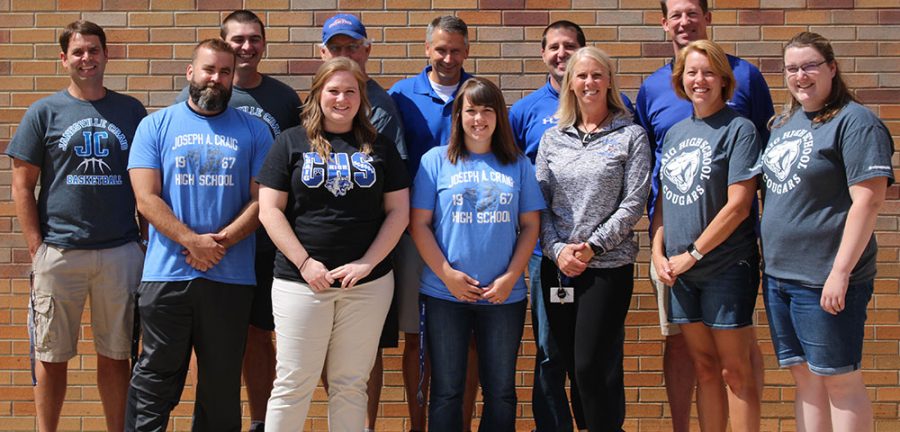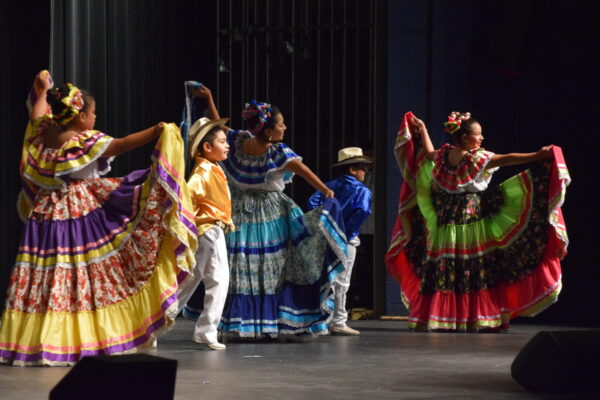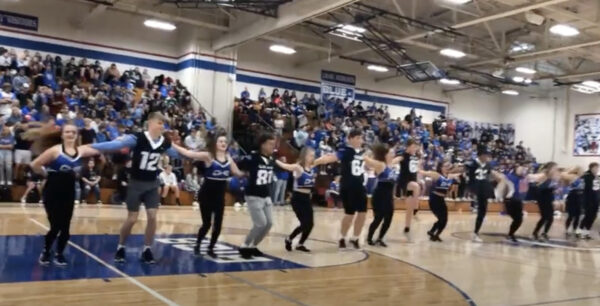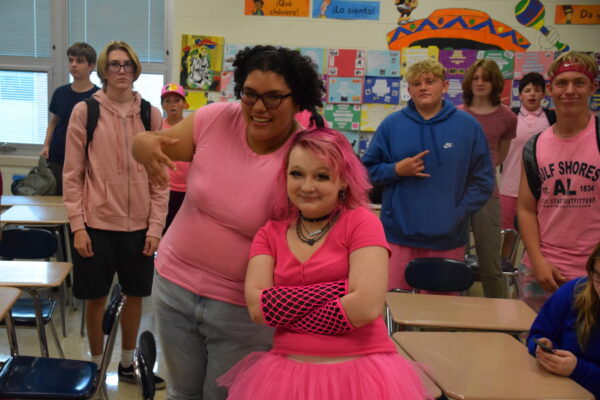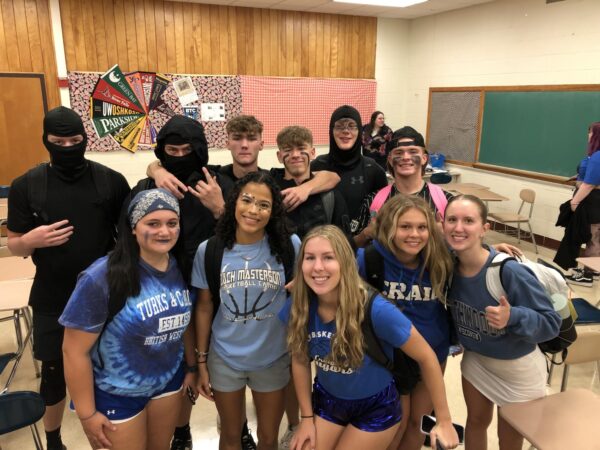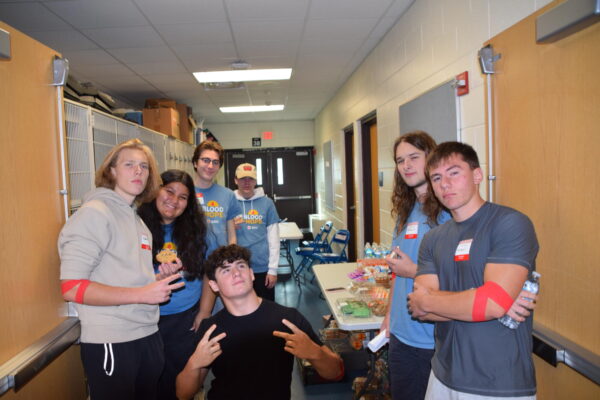Craig Online: History classes experiencing history
Online learning has forced teachers to modify their curriculums and find ways to keep students engaged and learning.
But before teachers could meet with students, they had to meet with each other through virtual meetings. Zoom was the preferred platform, but due to privacy concerns, it was dropped in favor of Cisco Webex. The changing expectations and back-and-forth between teachers and administration left many teachers frustrated.
Kathleen Butterfield, who teaches U.S. History and Humanities, verified this frustration, as she has struggled to join virtual department meetings, spending most of it just trying to get in.
As for content modifications, Butterfield plans to cover further content in U.S. History by highlighting key events in each decade. Thus far, students have completed online readings, answered questions, and taken a small quiz for comprehension.
Butterfield plans to assign a century project where students will highlight historical events of this decade.
She has created explanatory videos for her students to help them understand the daily objective, aiming to keep tasks under thirty minutes per day, as requested by administrators.
Some students have been able to navigate online learning without extra help, but for others, the absence of Mrs. Butterfield’s presence and support has made their learning more difficult.
Butterfield vocalized her struggle with the lack of accountability when a lesson does not require a specific activity to submit. On the one day she assigned a forty-five minute Century video, she worries that “students probably didn’t even do it.”
In her Humanities classes, Butterfield has condensed units.
The students’ first major project of online learning was to match a large word-bank of key information of all five cults to their proper category, researching as needed to place the information.
For the work unit, Butterfield created a video lecture on financial survival, giving students a note sheet with problems requiring them to do further research and application, looking on Zillow for houses and being given a theoretical income.
Butterfield has had to cut a few things out with the missing week this semester, but plans to continue on with key concepts in the Death unit including grieving and the death penalty.
In all five sections of her Humanities classes, only 36 students are continuing, and only less than five are seniors.
More than 80% of the students taking the course are completing the assignments by the Saturday night deadline.
Butterfield has worked to offer support to her students by constantly answering students’ emails and answering within minutes during her office hours. She has been answering students questions on Google Classroom as well, opting out of doing the video office hours.
Most of the social studies department has limited “in-person” office hours due to privacy concerns.
Butterfield shared the sticky situation of teachers who are unable to record live sessions (as students are under 18) and would be unable to defend themselves against false student claims. Also, teachers would have to report any questionable behaviors on the part of the students, adding another burden to their schedule.
Ryan Masterson, teacher of AP United States History and AP European History, has seen some of the positives to this new system.
He acknowledges that the district has been sensitive to what the students need and is providing teachers and students with some flexibility for this learning curve.
Masterson noted that with teaching at a high school level, having already used Google Classroom and being an advanced placement teacher, he had pretty strong technical skills.
These few weeks of classes have been smoother than anticipated, with some pleasant surprises. Masterson has been surprised to be getting more work submitted than during in-person class. He attributes this to a pass-fail mindset where students can get their grades up by doing the assignments so they can get the credit.
Plus, with the College Board cutting off the course content a semester early, Masterson did not need to worry about catching up on the missed instruction time.
In the time before the advanced placement tests, Masterson has assigned readings to both United States and European History classes.
Masterson has created several video lectures to supplement his traditional classroom lectures.
To start online learning, Masterson gave his classes a “test” that they would have taken on the material they left off with. The students completed this as a review assignment. Students were assigned analysis questions to finish up the content covered on the AP test.
For United States History, Masterson put up Century videos to review the decades. Along with video lectures, Masterson has focused on primary source analysis, which is essential for the document-based question on the AP test.
He has provided feedback to students through Google Classroom, scheduling Google Meets when necessary.
After the advanced placement tests, Masterson plans to have his AP United States History students complete the Civics test and study either the Cold War or the Vietnam War in the last couple weeks.
With his AP European History class, Masterson wants to make sure to cover information from all pieces of the class and plans to do a big overview of the 20th Century, ending with Modern Europe in the 21st Century.
Both Masterson and Butterfield have seen students copying one another and cheating.
Butterfield noticed students copying each other’s essay, even down to the same spelling errors.
Less obvious in Masterson’s AP classes where scores and understanding improve slightly from the 1-4 week to the 5-8 week.
Both teachers have had to address some of these instances. Masterson is not as concerned because the classes are pass-fail, but has tried to assign essay-like materials where students need to think in their own unique way.
Both Masterson and Butterfield noted missing the little things, from being able to catch up with students, to chatting with coworkers between classes, and even being able to go to the grocery store or restaurants.
Masterson noted that this pandemic has changed his priorities as a teacher, as a parent, and as a human being.
Reflecting on this rapidly changing world, Masterson appreciates that as a history teacher, he usually looks at things retrospectively. This time, he and his students are experiencing history as it happens.


